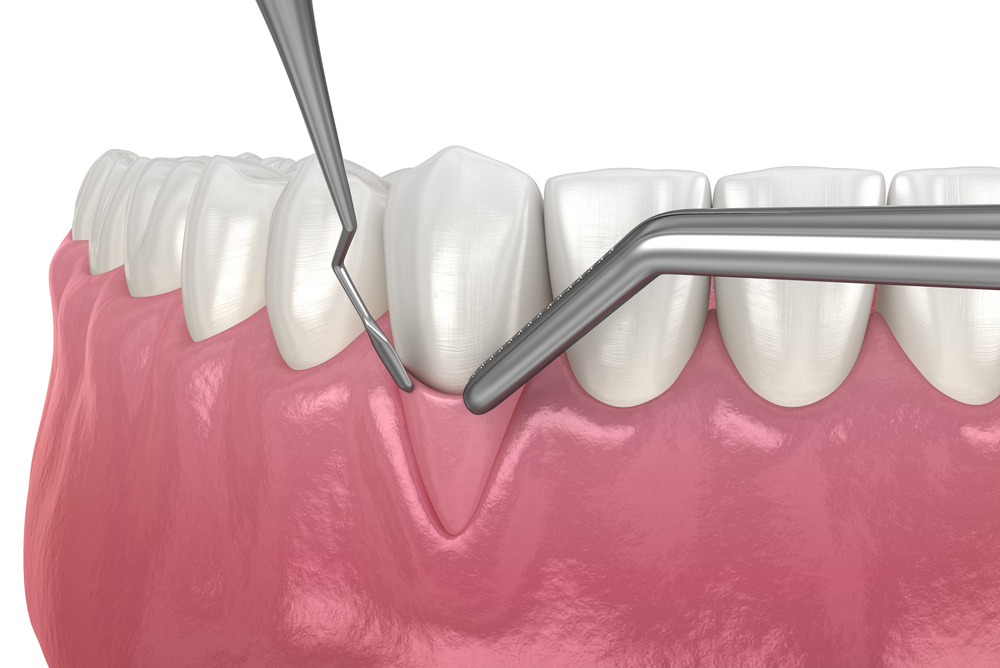
Have you noticed notches or lines along the bottom of your teeth? Do your teeth appear longer than usual? When gums recede, more of the tooth (including the roots) becomes visibly exposed and becomes more susceptible to sensitivity and decay. At Metropolitan Dental Care, our team of Denver dentists may recommend gum graft surgery to repair advanced cases of receding gums. During surgery, the dentist:
- Prepares the mouth by cleaning the teeth and applying anesthesia.
- Harvests gum graft tissue from another part of the mouth.
- Gently modifies and attaches the gum graft to the desired area
After gum graft surgery, follow these four tips to support a speedy recovery process.
1. Don’t Overextend Yourself.
Even though you should resume light activity and return to work the day after surgery, we recommend taking it easy during the first three days. Some safe practices include:
- Avoiding speaking (unless necessary)
- Not playing with dressing and sutures
- Keeping movement to a minimum for the first week
2. Manage Swelling, Bleeding, and Discomfort
Aside from the typical ice compress and prescribed pain medication, here are two home remedies that you can use to aid the healing process:
Tea Bag Compress
Tea contains tannins, which have antioxidant properties. Many studies suggest that green or black tea may assist in healthy clotting, prevent gingival bleeding, and reduce the likelihood of the wound oozing. How do you create a teabag compress?
- Steep a black or green tea bag for a few minutes in boiling water.
- Remove the tea bag from water and allow it to cool down.
- Place the tea bag on the extraction site and bite down for up to five minutes.
Saltwater Rinse
Salt is a common yet sacred ingredient for healing. With archeological records dating back thousands of years, humans have used salt to disinfect wounds, reduce discomfort, and accelerate healing. Add ½ a teaspoon of salt to a cup of warm water to create a basic saltwater solution, and rinse a few times a day or after meals to help gently remove bacteria, plaque, and food particles.
3. Temporarily Adjust Your Diet
After oral surgery, some patients stifle their healing by avoiding meals altogether. However, patients must achieve their caloric and nutritional requirements to boost recovery and avoid deficits.
For the first few days after gum graft surgery, consume plenty of liquids, including:
- Protein shakes
- Smoothies
- Room temperature soup
As your gums and other soft tissues heal, enjoy plenty of soft foods such as:
- Soft tofu
- Soft fish
- Eggs
Foods to Avoid After Gum Graft Surgery
While the wound is healing, skip foods with certain food textures and flavors. To prevent infection, do not consume foods that may break down into debris that could potentially dislodge blood clots or accumulate in the wound, such as:
- Seeded fruits and jams
- Nuts and seeds
- Toasted bread
Additionally, sidestep too spicy or acidic foods, because they can irritate the gums. At all costs, don’t drink from a straw for at least a week because the sucking motion can dislodge healthy blood clotting. Consequently, a dry socket may form.
Schedule a Consultation for Gum Graft Surgery in Denver, CO
Is gum graft surgery suitable for you? If you’re unsure about the answer to this question, book a consultation with our caring dental team at Metropolitan Dental Care in Denver, CO. Call 303-534-2626 or message us online right now.

